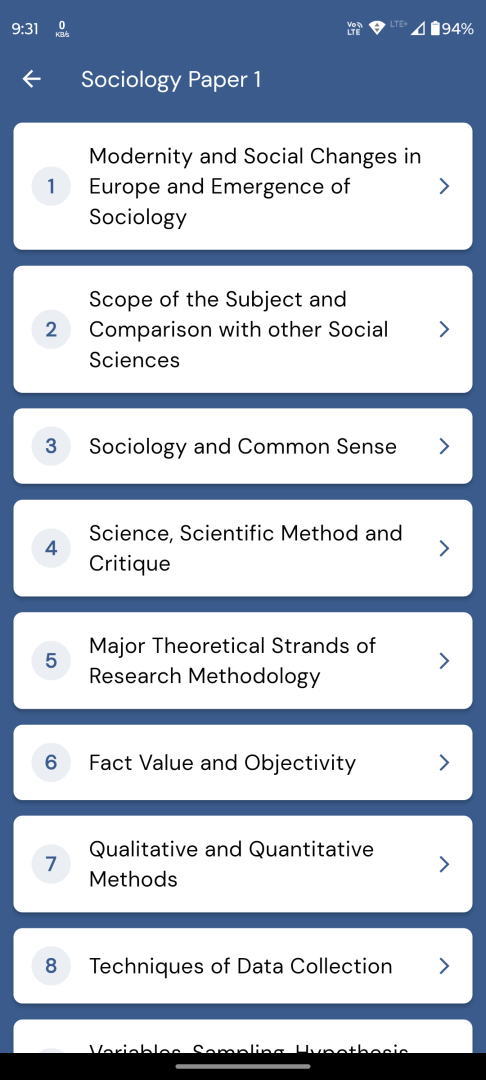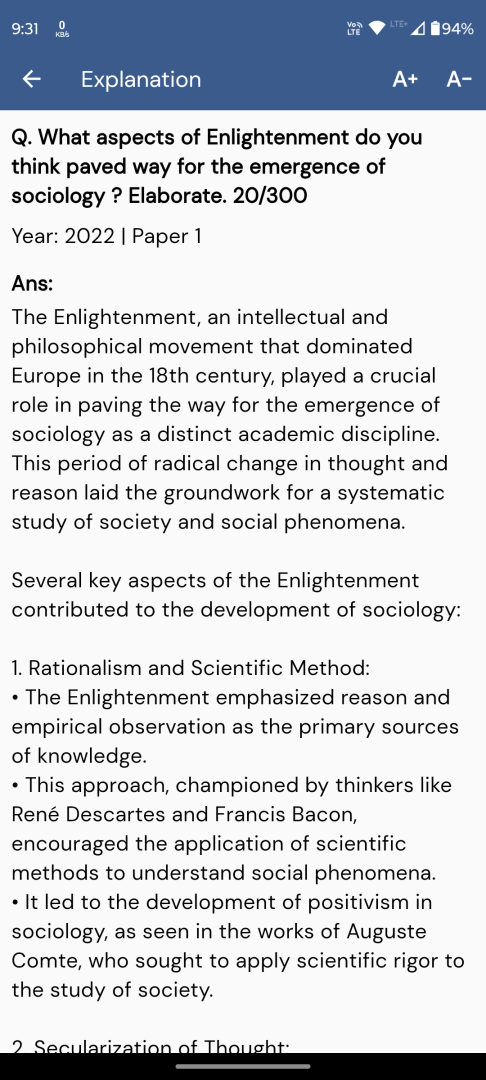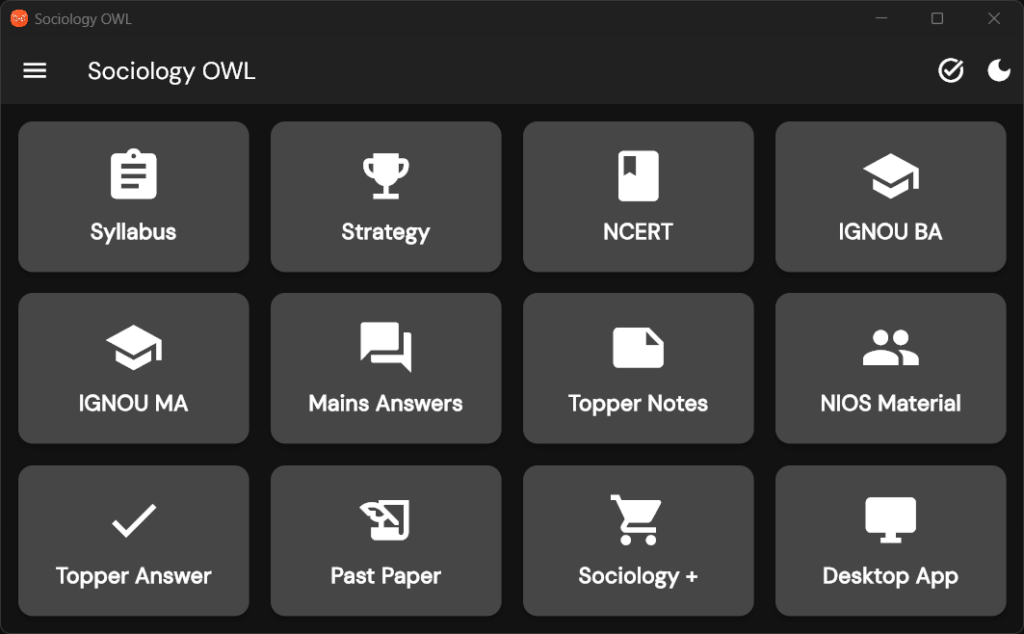Reference Group Theory by Merton
Reference Group Theory by Merton
Robert K. Merton’s Reference Group Theory, introduced in his 1949 work “Social Theory and Social Structure,” provides a crucial framework for understanding human behavior and social dynamics. This theory explores how individuals evaluate their achievements, aspirations, and behaviors by comparing themselves to various groups. Let’s delve into the key concepts and structural elements of Merton’s Reference Group Theory.
1. The Concept of Reference Groups
Reference groups serve as the benchmarks against which individuals gauge their actions, decisions, and achievements. They play a pivotal role in shaping identities and guiding behavior within social environments.
Types of Reference Groups:
• Membership Groups: Groups to which an individual belongs
• Non-Membership Groups: Groups to which an individual does not belong but may aspire to join or use as a point of comparison
Positive and Negative Reference Groups:
• Positive Reference Groups: These are groups that individuals admire and emulate. For example, a young athlete might look up to professional sports teams as a positive reference group.
• Negative Reference Groups: These are groups that individuals reject and define themselves in opposition to. For instance, a health-conscious person might view fast food enthusiasts as a negative reference group.
2. The Social Context of Reference Groups
Merton emphasizes that human existence is intrinsically tied to group dynamics and social interactions. Groups provide the context for our behavior, setting expectations and norms.
The Power of Comparison:
Individuals constantly compare themselves to others, both within their immediate social circles and beyond. This comparison can lead to feelings of relative deprivation or satisfaction. For example:
• A student might compare their grades to those of their classmates
• An employee might compare their salary to industry standards
3. Relative Deprivation
Relative deprivation, a key component of Merton’s theory, refers to the subjective feeling of being deprived in comparison to others or to one’s own expectations.
The American Soldier Study:
Merton draws on findings from “The American Soldier” study to illustrate how individuals’ perceptions of deprivation depend on their chosen points of comparison. For instance:
• Married soldiers felt more deprived when comparing themselves to unmarried soldiers (who had more freedom)
• They also felt deprived when comparing themselves to civilians (who enjoyed daily family life)
4. Dynamics of Group Membership
Merton outlines three key criteria for group membership:
1. Frequency of interaction
2. Self-identification as a member
3. Recognition by others as a member
He clarifies the differences between groups, collectivities, and social categories:
• Groups: Have frequent interaction and mutual recognition
• Collectivities: Larger entities (like nations) that encompass multiple groups
• Social Categories: Aggregates of social statuses (e.g., age groups, income levels) without necessary interaction
5. The Influence of Non-Membership Groups
Types of Non-Members:
• Those aspiring to membership: Individuals who admire and want to join a group
• Those indifferent to affiliation: People who neither seek to join nor reject a group
• Those motivated to remain unaffiliated: Individuals who actively choose not to associate with a group
Anticipatory Socialization:
This process involves individuals preparing themselves for future group membership. For example, a high school student adopting college-like behaviors in preparation for university life. The effectiveness of anticipatory socialization depends on the social structure’s openness:
• In open systems: It aids in smoother transitions to new groups
• In closed systems: It may lead to frustration if group entry is restricted
6. Determinants of Reference Group Selection
Reference Individuals:
Charismatic or high-status individuals can serve as reference points, influencing behavior beyond mere role modeling. For instance, a young cricketer might emulate not just the playing style but also the lifestyle and mannerisms of a famous player like Sachin Tendulkar.
Selection Among Membership Groups:
Individuals selectively choose certain membership groups as reference points based on various factors:
• Degree of engagement with the group
• Expected duration of group membership
• Level of conformity to group norms
Selection of Non-Membership Groups:
Factors influencing the selection of non-membership reference groups include:
• The group’s prestige-conferring capacity
• Individual feelings of isolation within their own groups
• The rate of social mobility in society
For example, university teachers in India might compare themselves to IAS (Indian Administrative Service) officers due to the latter’s higher prestige and power in the institutional structure.
7. Structural Elements of Reference Groups
Observability and Visibility:
Merton discusses the importance of information flow and the challenges in gaining knowledge about group norms and behaviors. Not all aspects of a group’s functioning are equally visible to all members.
Authority and Knowledge Disparities:
Knowledge of group norms and values is often unevenly distributed, with those in authority typically having greater access to information. For instance, in an educational institution, administrators may have a more comprehensive understanding of student behavior patterns than individual faculty members.
Non-Conformity as Reference Group Behavior:
Merton distinguishes between non-conformity and deviant behavior:
• Non-conformists openly express dissent and challenge existing norms
• They believe in a “higher morality” and seek to reshape group norms
• Non-conformists can introduce conflict and drive change within membership groups
8. Role-Sets, Status-Sets, and Status Sequences
Merton’s exploration of role-sets, status-sets, and status sequences offers a sophisticated understanding of how individuals navigate complex social environments. These concepts help explain the intricacies of social behavior and the challenges people face in fulfilling multiple roles and statuses.
8.1 Role-Sets
A role-set refers to the complement of role relationships that a person has by virtue of occupying a particular social status.
Key aspects of role-sets:
• Each social status comes with multiple associated roles
• These roles often involve interactions with different types of people
• Role expectations can sometimes conflict
Example of a teacher’s role-set:
• Instructor to students
• Colleague to other teachers
• Subordinate to school administrators
• Authority figure to parents
• Mentor to new teachers
• Member of teachers’ union
Challenges of role-sets:
• Balancing diverse expectations from different role partners
• Managing potential conflicts between role expectations
• Allocating time and energy across various role responsibilities
8.2 Status-Sets
A status-set encompasses the collection of social statuses that an individual occupies simultaneously.
Key features of status-sets:
• Individuals typically occupy multiple statuses at once
• Each status within the set has its own role-set
• Status-sets can create complex webs of social obligations and expectations
Example of a status-set:
• Professional status (e.g., doctor)
• Family status (e.g., parent)
• Community status (e.g., volunteer)
• Social status (e.g., club member)
• Cultural status (e.g., artist)
Implications of status-sets:
• Potential for role conflict between different statuses
• Need for time management and prioritization
• Opportunity for diverse social experiences and networks
8.3 Status Sequences
Status sequences refer to the series of social statuses that an individual moves through over time.
Important aspects of status sequences:
• They reflect the typical progression of statuses in a society
• Can be influenced by cultural norms, institutional structures, and individual choices
• May involve both vertical (hierarchical) and horizontal (lateral) movements
Example of a status sequence:
• Student → Graduate → Entry-level employee → Manager → Executive
Significance of status sequences:
• They shape life trajectories and career paths
• Influence long-term planning and goal-setting
• Can be a source of social expectations and pressure
By understanding these dynamics, individuals can better navigate their complex social environments, while researchers and policymakers can gain insights into the structures that shape social behavior and interactions.




